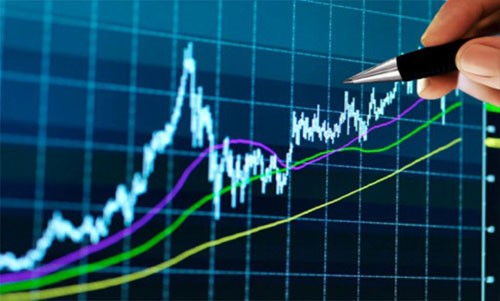TechniTrader® MACD Indicator for Trading
Post on: 9 Октябрь, 2015 No Comment

MACD Indicator Training — Free!
Moving Average Convergence Divergence indicator (MACD). You deserve to be more successful using the popular MACD indicator in your trading. Learn the pitfalls of MACD and new techniques for using MACD in the training webinar video below.
After you watch this video. to find out how we teach the MACD indicator for trading, click the video icon below to sign up to watch the free MACD Training Video and gain access to the entire free training library at TechniTrader.com.
Watch MACD Training Video
MACD was originally designed for long-term investing not short-term trading, although short-term traders have attempted to adopt it for such use. It is frequently misused and often misunderstood. Its popularity is its own worst enemy, as it is relatively easy for large lot traders to trade against the masses of retail traders using it.
Note: If you have been trading for a long time, you have probably used this indicator. You may even consider it an excellent indicator for stocks. It is important for every trader to understand both the drawbacks and rewards of any indicator or strategy.
Professional technical market analysts agree that MACD requires experience and judgment to use as Appel intended. Gerald Appel doesn’t recommend its use as a purely mechanical indicator. Unfortunately, it has been made extremely popular for average traders and investors by several charting software programs that use it for that purpose. Most professional technical analysts agree that MACD’s primary problems are that it frequently whipsaws and it lags price action in stocks. Testing by experts over a 72-year period shows that it is barely better than the buy-and-hold method for long-term investing. On the short side, experts determined that trading profits would have been cut by 84% using MACD for entry and exit signals. This is based upon the MetaStock testing rules for MACD.
Because MACD is merely a group of moving averages, which are inherently lagging, this indicator lags more current indicators such as Accumulation/Distribution indicators and Volume Accumulation oscillators. It seldom indicates a buy signal until after the stock has already moved significantly. MACD is also known to produce many whipsaw signals, especially in choppy and sideways markets. This is a common trait of trend-following indicators.

Above, MACD gives a crossover signal too late. A candlestick entry signal was confirmed with the Volume Accumulation Oscillator, Time Segmented Volume, at the start of a nice swing style run up in price. But MACD did not cross over until a couple days later. This kind of lag time cannot be afforded by swing, momentum, and day traders. Today we have a very dynamic, energetic, and often volatile market that is dominated by institutional traders who do swing trading, day trading, selling short, hedging and more. It is important to watch indicators that follow their large lot activity and that are designed to help reveal their buying and selling patterns.
Most importantly though, it is critical that you use indicators for what they were intended to do. MACD is best used for long -term analysis to determine whether a trend is intact. By itself, it is not ideal for short-term traders who cannot afford to be a day or two late on an entry or exit and who need to avoid whipsaws whenever possible. Therefore, short-term traders are advised to consider other indicators instead of or in addition to MACD.














